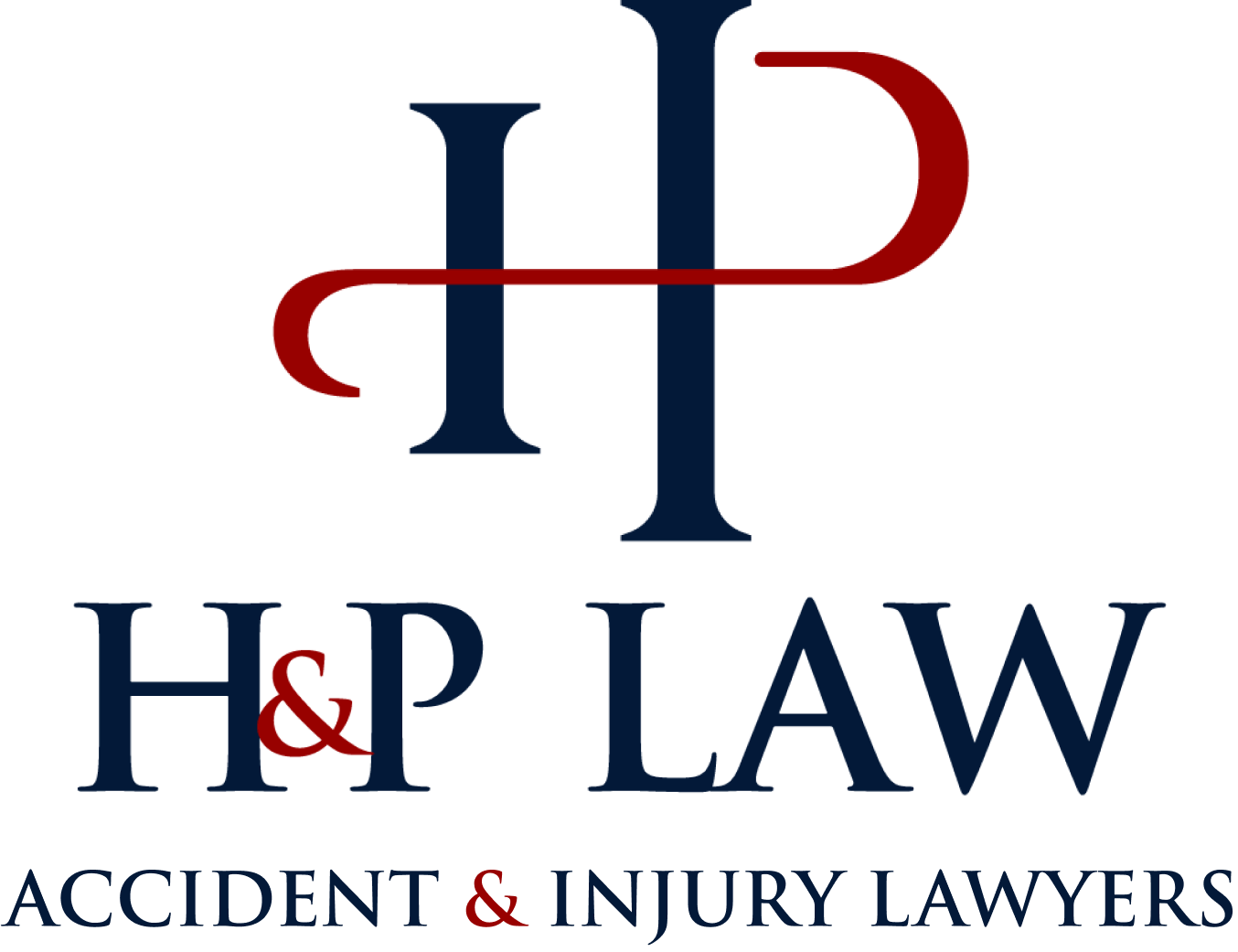
When someone is involved in a Nevada accident, the injured victim’s ability to prove negligence is critical, especially when seeking monetary compensation after being harmed. Many times, the only way in which an injured victim can receive payment is to show that another party was negligent, and that the negligent party’s actions led to the injuries suffered. Below is a brief summary of negligence for a better understanding of this legal term.
The Elements
Under Nevada law, there are five elements of negligence that must be established by an accident victim for him or her to be eligible for monetary compensation.
- Duty – the at-fault party, or defendant in the lawsuit, must have owed a legal duty of care to the accident victim, or the plaintiff in the lawsuit. Under modern society’s laws, each and every one of us owes the other a duty of care to prevent harm or injury. As a result, we must use reasonable care to avoid harming another person. If it can be shown that the defendant did not exercise reasonable care, then negligence may exist.
- Breach – proving that you were owed a duty of care is not enough. Under Nevada law, you must also establish that the defendant was negligent and breached that duty. One of the biggest issues in these cases is whether the at-fault party could foresee the risk of harm and, consequently, prevent the accident and resulting injuries from occurring. A court may also look to see if there were actions the harmed party could have taken to avoid or lessen the injuries suffered.
- Actual cause – once it has been established that the defendant owed the victim a duty and that duty was breached, the next step is to prove that the defendant’s actions resulted in the injuries. This element is often referred to as the “but for” rule. In other words, but for the actions of the defendant, the accident would not have happened.
- Proximate cause – aside from the defendant’s actions causing the accident, an injured party must also show that the at-fault party’s negligence was related to the injuries suffered and the defendant should be held liable.
- Damages – in addition to the above elements, the injured party must show that he or she suffered harm. Harm can be established in many ways including loss of income, property damage, medical expenses, and other facts. If all the other elements are met but no harm was suffered, then there is no legal negligence and no liability for monetary compensation.
Sometimes, however, an accident may be the fault of more than one party. While you may be the victim of an accident, you may have taken action that helped cause the incident or even failed to take action that could have helped avoid the accident. Nevada law tries to make it fair for all parties involved if more than one was to blame for an accident by following a modified comparative negligence system. Under this system, liability is based on the percentage of fault and that percentage directly affects monetary compensation paid to an accident victim.
Contact Our Attorneys
If you have been hurt in a Nevada accident, contact H&P Law today. Our personal injury lawyers can help you get the monetary compensation you deserve. Call our Henderson or Las Vegas office to schedule your initial case evaluation with our legal team.




